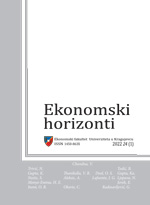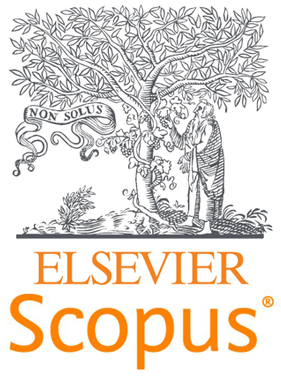CHINA’S URBAN EFFICENCY EVALUATION ANALYSIS UNDER THE RESTRICTION OF ENVIRONMENT
Yuan Xiaoling and He Bin
School of Finance and Economics of Xi’an Jiaotong University, Xi’an, Shaanxi, China
Given the fact that the existing evaluation and analysis of urban efficiency are negligent of external negative effects on the environment in the medium and long term, this paper constructs an SBM - an undesirable model containing an undesirable output, measures the urban efficiency of 285 cities in China at or above the prefecture level during 2003-2012, decomposes it into urban pure technical efficiency and urban scale efficiency and makes a comparative analysis of them separately. The results show that, when the environmental factors are taken into account, the level of urban efficiency in China is low, but is a large room for it to improve. The impact of the decomposition of urban scale efficiency on urban efficiency is continuously enhancing. From a regional perspective, urban pure technical efficiency is the highest in the eastern region, only to be followed by the western region, whereas it is the lowest in the middle region. From the point of view of the scale, urban pure technical efficiency represents a „U-type” change and urban scale efficiency represents an „inverted U” change. Therefore, this paper suggests that in order to improve urban efficiency, we should adopt different urban development policies for cities located in different regions and on different scales.
Keywords: urban efficiency, SBM Model, difference analysis
JEL Classification: R11




